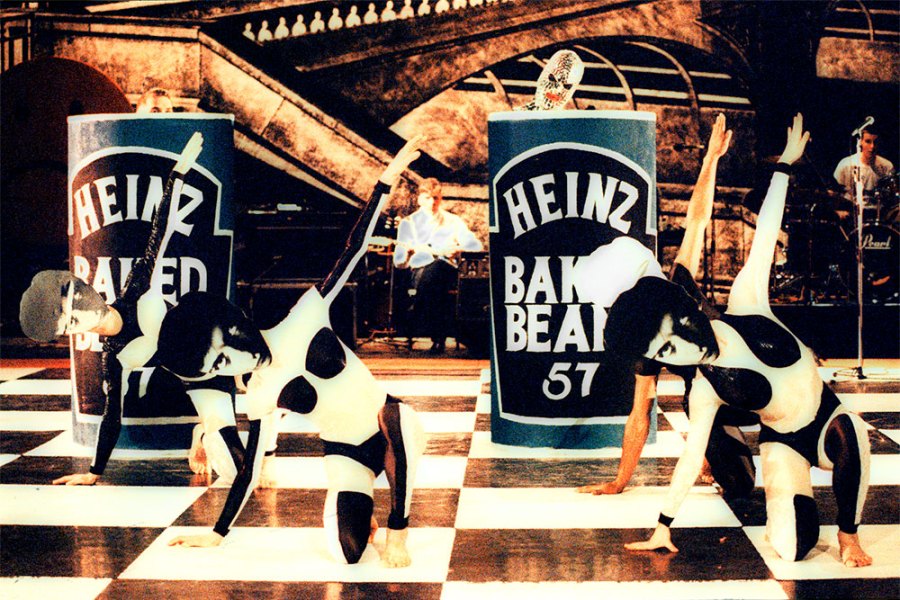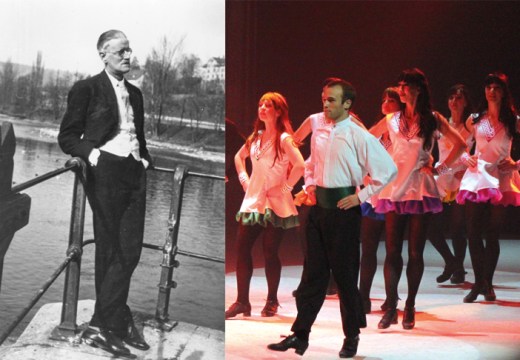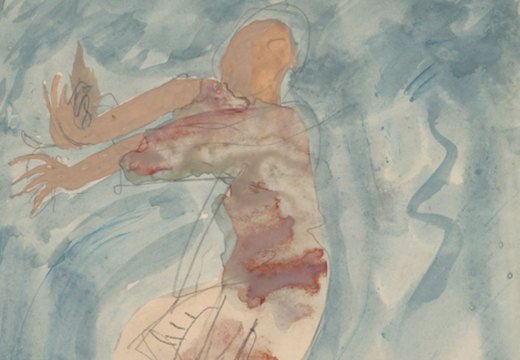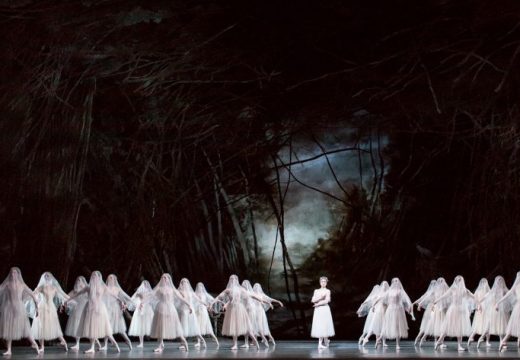A highlight of the dance calendar in London in 2019 was a visit to London from San Francisco Ballet, who took up residency at Sadler’s Wells and treated audiences to 10 new works they’d never seen before. The one I’m relieved not to have missed is Alexei Ratmansky’s Shostakovich Trilogy, which managed to pay homage to George Balanchine while finding new things to express in the music of Balanchine’s contemporary (and compatriot). American audiences have a new full-length ballet by Ratmansky to look forward to – this time made for American Ballet Theatre and, once again, the St Petersburg-born, Bolshoi-trained, now stateside choreographer doesn’t seem shy about inviting comparisons with his illustrious St Petersburg-born, Imperial Ballet School-trained predecessor, who moved to the United States and created modern ballet as we know it. Ratmansky’s new work, Of Love and Rage (based on Callirhoe, an ancient Greek novel by Chariton) will be performed by American Ballet Theatre at the Segerstrom Center for the Arts in California in March before the company takes it to New York in June, where it will be the centrepiece of ABT’s 80th birthday celebrations at the Met.
In June, Michael Clark, another ballet-trained choreographer who has shaken up modern dance, makes his presence felt – not in the Barbican Theatre, where his company is a regular fixture, but in the Barbican Art Gallery (12 June–30 August). It sometimes feels as if Clark has worked with everyone of any interest in British fashion, music and film, and this exhibition might just confirm that theory.
Less celebratory events, but which I wouldn’t miss for the world, are the final performances of the Richard Alston Dance Company on 7 and 8 March at Sadler’s Wells. Alston’s choreography is rarely showy, and its charms (and the work really is charming) have perhaps seemed unfashionable for some time compared to more extrovert dance-makers, but he can always make you hear new things in the most familiar pieces of music – from the syncopations of Scott Joplin to the contrapuntal delights of Bach. It’s a depressing sign of how unseriously dance is taken in the UK that the company is closing down for lack of funding.
Unlimited access from just $16 every 3 months
Subscribe to get unlimited and exclusive access to the top art stories, interviews and exhibition reviews.














![Masterpiece [Re]discovery 2022. Photo: Ben Fisher Photography, courtesy of Masterpiece London](http://www.apollo-magazine.com/wp-content/uploads/2022/07/MPL2022_4263.jpg)
Has the Fitzwilliam lost the hang of things?